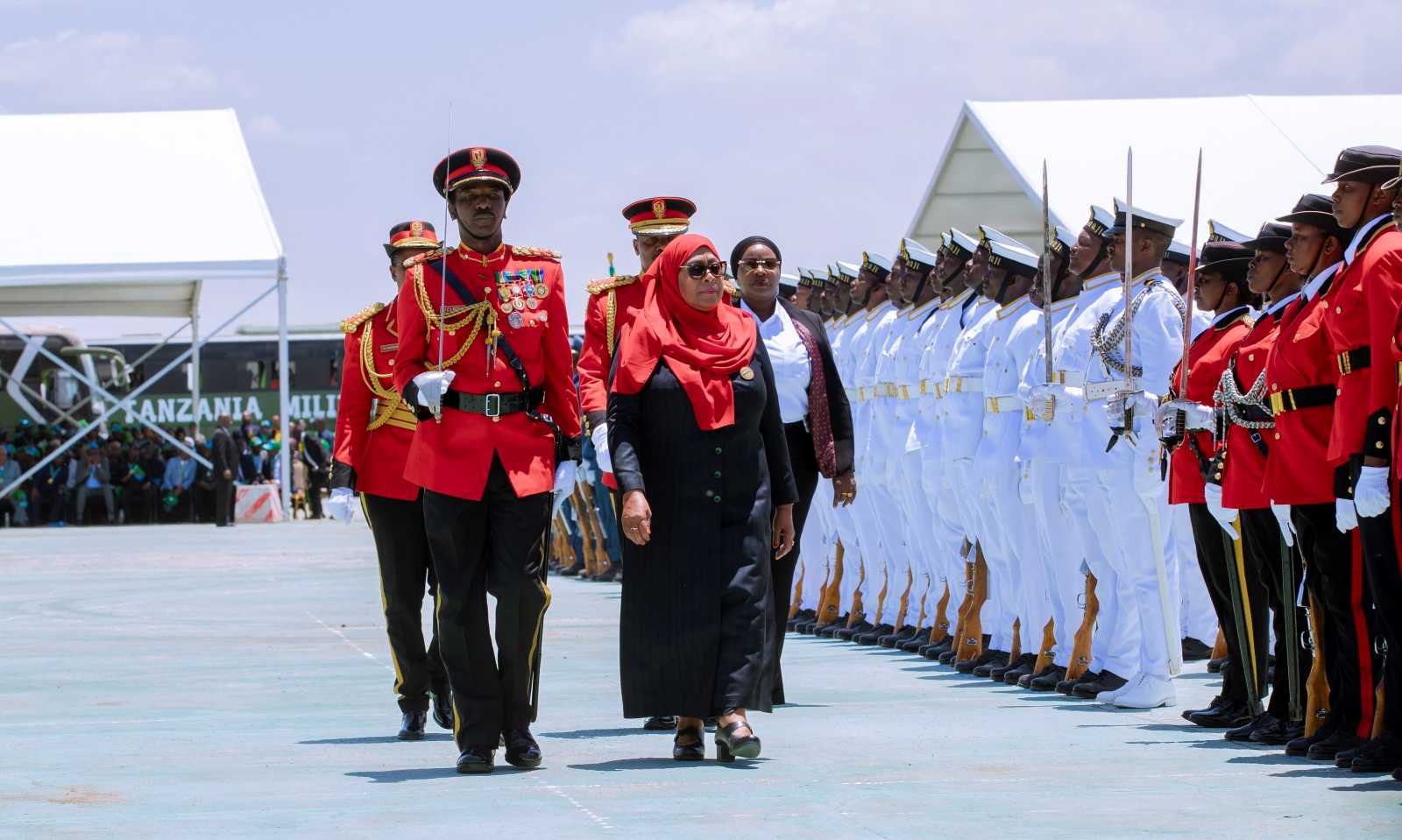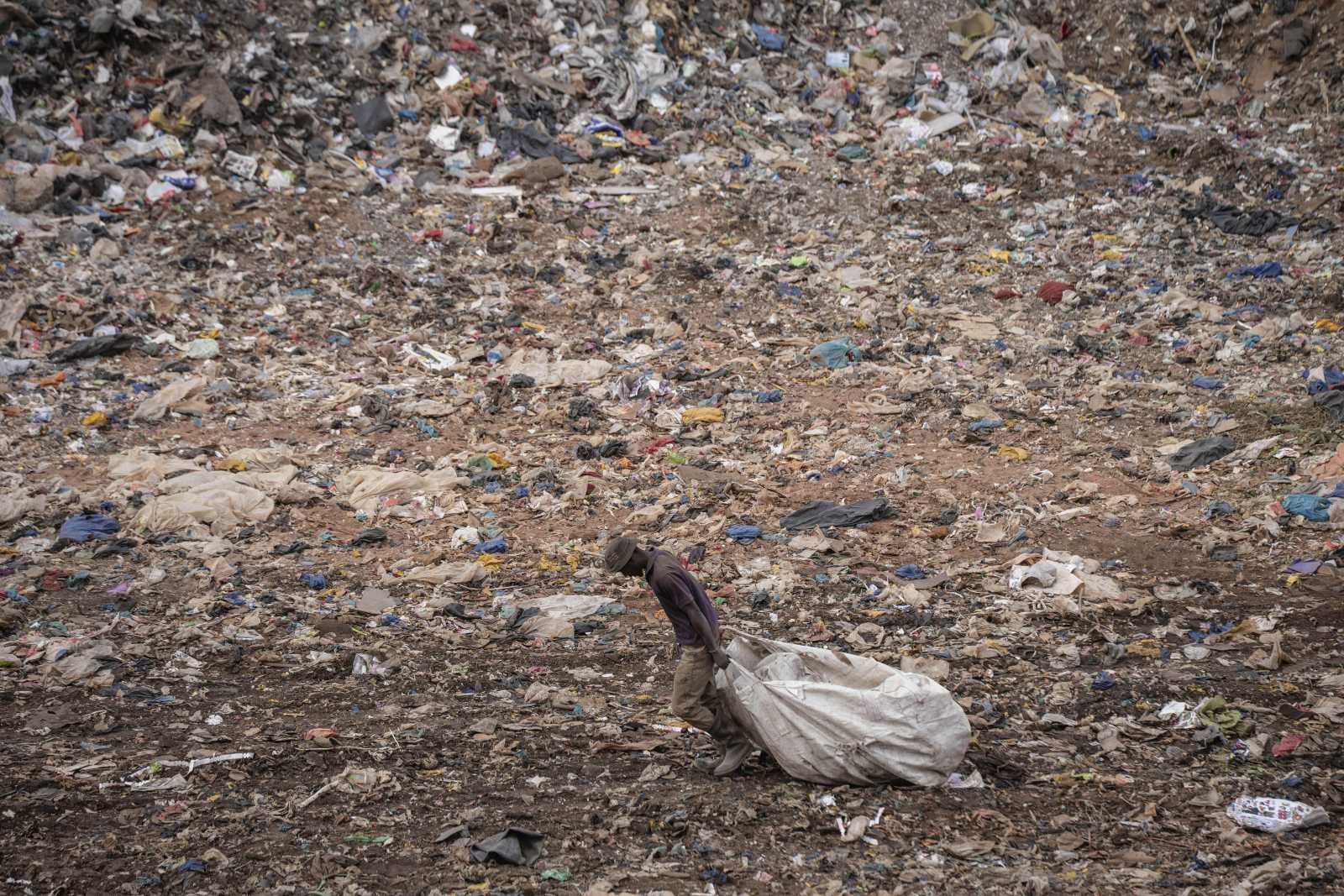Timor Leste
Post-traumatic stress
By Edith Koesoemawiria
Olan was almost 12 years old when the referendum was held in August 1999. At the time, he was living with his aunt and uncle in Maliana.
He and his uncle were heading for safety in the mountains on that fateful day, but decided to stop by the police station where his aunt was waiting.
The police said the city’s electricity would be shut off at dusk, but the lights were still on at 9 pm, when the crunching sound of trucks and howling dogs grew louder in the empty streets of Maliana. Soon after, the lights went off. Hooded men kicked in the police station’s door, ordering all men to come outside. Olan’s uncle had to obey, leaving the boy with his aunt and a group of women. Five minutes after, there were gunshots and shouting.
Today, Olan is a young man of 25 years. He says he heard his uncle’s cry in the noise that night 13 years ago. The blackout lasted half an hour, but it wasn’t till dawn that the women and children were allowed into the court yard. They glimpsed trucks pulling away through bloodied ground, but no bodies. Olan found his uncle’s sandals in a pool of blood. He has never had any news of him since.
Anti-independence militias, with support from Indonesian security forces, tried to seize power on the night of the referendum. Violence escalated, and, after a vote in the UN Security Council, UN peacekeepers were deployed in September.
Olan’s story is one of many in Timor Leste, even today. Balide Jail, a former detention centre for political prisoners, has been turned into a human rights centre and is home to several organisations. It also manages a huge archive of testimonies that were collected by the Commission for Reception, Truth and Reconciliation (CAVR).
Xanana Gusmao, who was Timor Leste’s president when the centre was established in 2003, said at the time: “The CAVR does not only search for the truth, but seeks to facilitate transformation in the society from trauma to peace.”
Some progress towards reconciliation has since been made, but there still is a lot to do. Among other things, the CAVR launched the Community Reconciliation Process (CRP), a voluntary hearing of less serious crimes at the grassroots. Almost 1400 cases were completed.
Several studies state that most East Timorese who survived the Indonesian occupation suffered some kind of traumatic experience. As early as 2000, the International Rehabilitation Council for Torture Victims (IRCT), a Denmark-based organisation, carried out community trauma mapping.
The idea was to assess the psycho-social needs in Timor Leste. The survey covered 13 districts and used a questionnaire to document traumas, violence, torture, symptoms of post-traumatic stress disorder (PTSD), people’s self-perception in regard to health, their potential for recovery and their help-seeking behaviour. The survey confirmed a widespread need for trauma consultation.
Accordingly, the IRCT designed a 12 months nationwide programme, prioritising the treatment of children. This age group was most affected by conflict and disaster. The programme itself was expected to figure out how Timorese can address their critical life experiences through discussion, cooperative group learning, art, journal writing and role playing. Because of infrastructure challenges, the programme could not be fully implemented.
To some extent, various local and international organisations have since taken similar approaches. They launched educative programmes for primary-school teachers, focusing on basic concepts of trauma and psychosocial recovery. Some initiatives focused on strengthening women and their networks, while others carried out programmes for youth, veterans and people with serious PTSD symptoms such as anger, domestic abuse or alcohol related violence. In most cases, these programmes included the training of local counsellors who were then sent to assist traumatised people in the rural areas.
Trauma recovery does not happen from one day to the next. Matters were made more difficult by the collapse of the health-care system. According to a report that was prepared for the UN Transitional Administration in East Timor, more than 80 % of the medically qualified staff had returned to Indonesia. International and local non-governmental organisations rose to the challenge of providing basic health care services.
In the meantime, Timor Leste has managed to rebuild the basics of its health system, for instance through a medical professional education programme run in cooperation with Cuba. Other social frustrations were not addressed sufficiently or fast enough however.
Lasting worries
People still fear that violence may flare up again. A series of crises came to the fore a few years after independence. The worst in 2006 was triggered by anger and disappointment over perceived discrimination in the security forces. In the ensuing violence, more than 100,000 fled from home.
The scale of the refugee plight in 2006, of course, does not compare to that of 1999, when virtually the entire population was displaced according to the UN. After the referendum on 30 August 1999, some 500,000 persons fled into hiding in the mountains. Another 240,000 persons fled or were forcibly relocated to camps in West Timor and other parts of Indonesia.
Of the latter people, some 220,000 returned to Timor Leste within three years under a returning refugee programme. But several hundred still live in camps in West Timor, suffering from their own personal traumas and the reality of having been “forgotten” by the political leaders whose action got them there.
Civil society observers, both in Indonesia and Timor Leste, view the conditions these refugees live in as a threat. Many were members of the anti-independence militias. Most have blood on their hands. Some of the key militiamen are believed to have information about those responsible for human rights violations during the Indonesian occupation.
Today, they struggle to secure a livelihood and would like to return home from the camps. However, village elders in Timor Leste have expressly stated that certain refugees are not welcome, even though their families and others considered non-aggressive have been received with open arms. No one knows what would happen if the men concerned actually did return home.
Close to the border in Atambua, a handful of Indonesian activists attempt to deal with these refugees’ traumas on a shoestring budget. They would like to mediate a home-coming for refugees and hope to prevent future tensions. They demand that an international tribunal deal with the crimes of the past.
After 1999, however, the governments of both countries concerned agreed that all cases should be handled in Timor Leste courts. Whether an international tribunal would do a better job, is not obvious. In general, the international community prefers national judiciaries, wherever they are viable, to do the job. One reason is that they are dealing with issues of national relevance and must enforce the rule of law at the national level anyway.
The traumas run deep. In a beautifully renovated old building near the university in Dili, the Archives & Museum of Timorese Resistance was recently opened. It displays pictures, writings, audio and video documents as well as art. The exhibition deals with the colonial history under Portuguese rule as well as the 25 years of Indonesian occupation, which followed and cost the lives of one third of East Timor’s population. The mayhem of 1999 was the climax of violence, but it was not the beginning.







